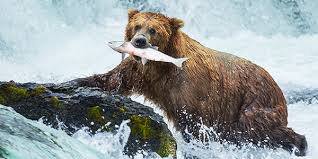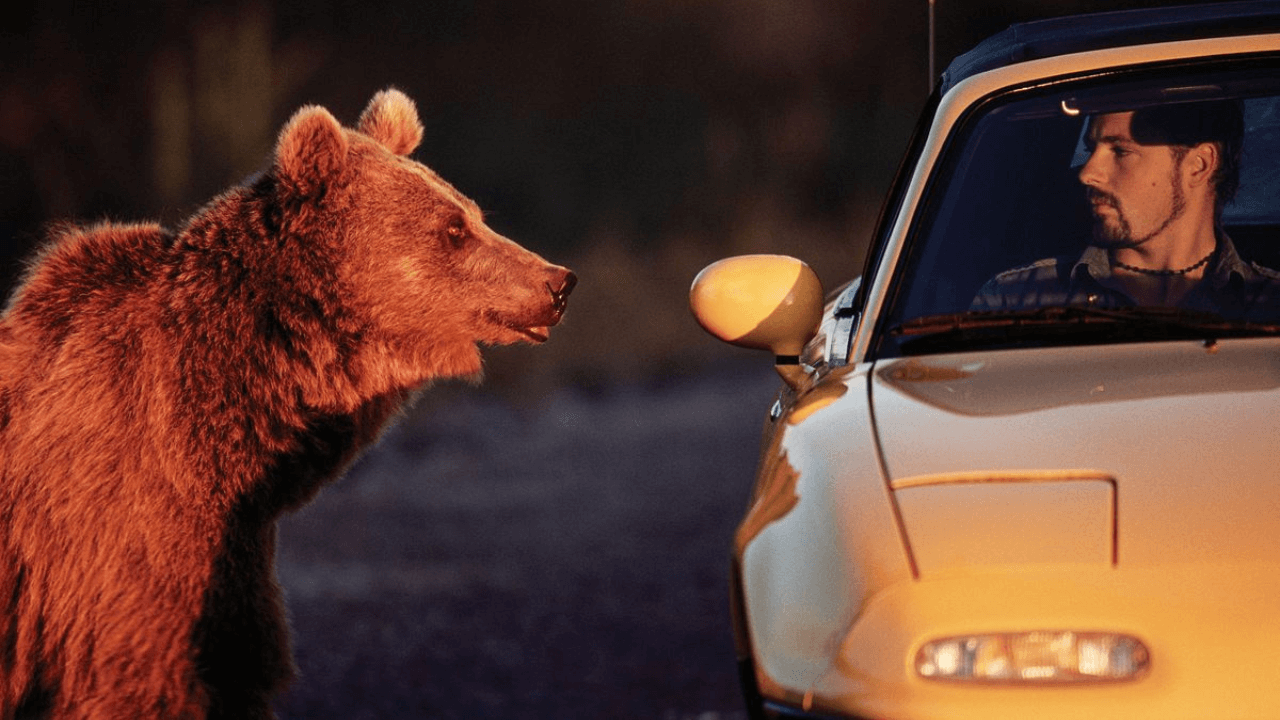Grizzly Bears in Nevada: Are They Real? Find Out Now!
Nevada, known for its expansive deserts, majestic mountain ranges, and the vibrant city of Las Vegas, offers a diverse array of natural wonders. While it boasts a rich tapestry of wildlife, one question that often arises is: “Are there grizzly bears in Nevada?” The short answer is no, but the long answer delves into history, current wildlife, and the broader ecosystem of the region.
Historical Presence of Grizzly Bears in Nevada
Historically, grizzly bears (Ursus arctos horribilis) roamed much of the western United States, including parts of Nevada. These formidable creatures, recognized for their immense size and distinctive hump on their shoulders, once inhabited a vast range extending from Alaska down to Mexico and as far east as the Great Plains.
In Nevada, grizzly bears were primarily found in the Sierra Nevada mountains, where the ecosystem provided the necessary food sources and habitat. Early settlers and Native American tribes often encountered these bears, and their presence was well-documented in the 19th century.
Decline and Extirpation
The decline of grizzly bears in Nevada, as well as in other parts of the western United States, began with the influx of European settlers.
Habitat destruction, hunting, and conflict with humans drastically reduced their numbers. By the early 20th century, grizzly bears were extirpated from Nevada due to these pressures.

One significant factor in their decline was the Gold Rush. The boom in population and activity during this period led to increased encounters between humans and grizzlies, often resulting in the bears being killed.
Additionally, the transformation of the landscape for mining, agriculture, and urban development further encroached on their habitat.
Current Bear Species in Nevada
While grizzly bears are no longer found in Nevada, the state is home to other bear species, most notably the American black bear (Ursus americanus). Black bears have a broad range and can be found in various habitats, including forests, mountains, and even desert edges. In Nevada, they are primarily located in the Sierra Nevada and nearby regions.
American Black Bears: The Present-Day Bear of Nevada
American black bears are much smaller than grizzly bears, with males typically weighing between 150 to 300 pounds and females being slightly smaller. They have a less prominent shoulder hump compared to grizzlies and come in a variety of colors, from black to brown to cinnamon.

These bears are omnivorous and have a diet that includes berries, nuts, insects, small mammals, and carrion. They are highly adaptable and have been known to venture into urban areas in search of food, leading to occasional human-bear conflicts. However, unlike grizzly bears, black bears are generally more reclusive and avoid direct confrontations with humans.
Bear Management and Conservation in Nevada
The Nevada Department of Wildlife (NDOW) plays a crucial role in managing and conserving bear populations in the state. Their efforts include monitoring bear populations, researching bear behavior and ecology, and implementing strategies to reduce human-bear conflicts.
One of the key aspects of NDOW’s work is public education. By informing residents and visitors about bear behavior and how to coexist with these animals, NDOW aims to reduce incidents that can lead to the unnecessary killing of bears. This includes advice on securing food sources, proper waste management, and staying safe in bear country.
The Future of Grizzly Bears in Nevada
The possibility of reintroducing grizzly bears to Nevada has been a topic of debate among conservationists and wildlife managers. While the idea has some merit from a biodiversity perspective, it also comes with significant challenges.
Reintroducing grizzly bears would require extensive planning and consideration of various factors, including habitat suitability, potential human-wildlife conflicts, and the overall impact on the ecosystem. Given the current landscape and human population density in Nevada, the feasibility of such a project is limited.
Importance of Ecosystem Balance
The absence of grizzly bears in Nevada underscores the broader issue of ecosystem balance and the impact of human activity on wildlife. Grizzly bears, as apex predators, play a critical role in maintaining healthy ecosystems. Their presence helps regulate prey populations and fosters biodiversity.
In the absence of grizzly bears, other predators and scavengers, such as black bears, coyotes, and mountain lions, fill some of the ecological niches. However, the complete ecological role of grizzly bears is difficult to replicate, highlighting the importance of preserving and restoring natural habitats where feasible.
Exploring Nevada’s Wildlife
For those interested in experiencing Nevada’s wildlife, there are ample opportunities to explore its diverse ecosystems. The state boasts numerous national parks, forests, and wildlife refuges where visitors can observe a wide array of animals, including black bears, mountain lions, mule deer, and a variety of bird species.
Popular destinations for wildlife viewing include the Sierra Nevada mountains, Great Basin National Park, and the Lake Tahoe Basin. These areas offer not only the chance to see wildlife but also stunning landscapes and recreational activities such as hiking, camping, and birdwatching.
Conclusion
While grizzly bears are no longer a part of Nevada’s wildlife landscape, the state continues to be home to a rich variety of animal species. The history of grizzly bears in Nevada serves as a reminder of the complex relationship between humans and wildlife and the ongoing need for conservation efforts.
The presence of American black bears and other wildlife in Nevada highlights the resilience of nature and the importance of sustainable coexistence. By understanding and respecting the natural world, we can help ensure that future generations have the opportunity to experience the wonder and diversity of Nevada’s wildlife.
As you explore Nevada’s natural beauty, remember to stay informed and respectful of the wildlife that calls this state home. Whether you’re hiking in the mountains or camping in the desert, always follow guidelines and best practices to minimize your impact on the environment and keep both yourself and the animals safe.
In conclusion, while grizzly bears are no longer present in Nevada, the state’s rich wildlife heritage continues to thrive, offering a unique and vibrant experience for nature enthusiasts and wildlife lovers alike.
